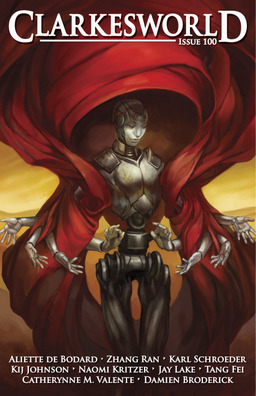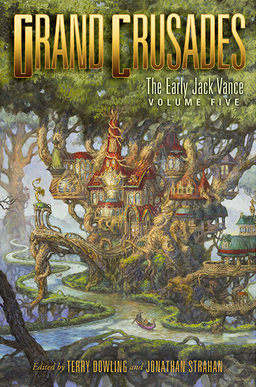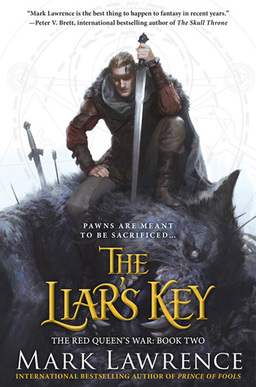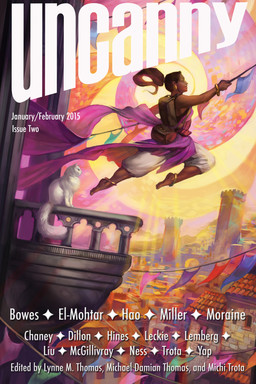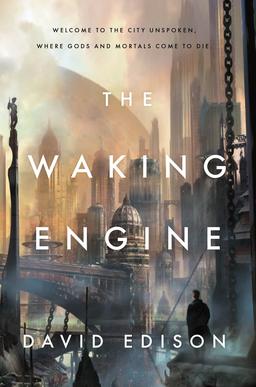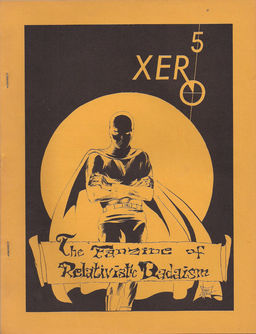Art of the Genre: Kickstarter from Opening to Close
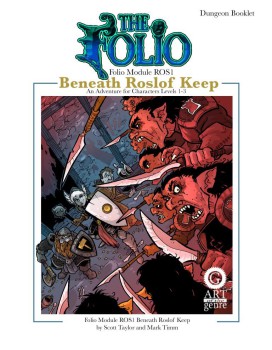 Sarah Avery asked me recently if she could pick my brain on Kickstarters, and although once I replied she never took me up on the offer, I still enjoy talking about certain details of campaigns. Today, as I face the final leg of my current and 9th Kickstarter for AotG, I’m going to talk a bit about the ebb and flow of a campaign.
Sarah Avery asked me recently if she could pick my brain on Kickstarters, and although once I replied she never took me up on the offer, I still enjoy talking about certain details of campaigns. Today, as I face the final leg of my current and 9th Kickstarter for AotG, I’m going to talk a bit about the ebb and flow of a campaign.
All Kickstarters share at least two universal facts: that you will have your greatest pledges at the campaign’s opening and closing, as well as a dead zone in the middle where pledges are hard to come by.
Today, The Folio is in its final 24 hours, a time period that is nearly as important as the first 24 hours after launch. It is the ‘now or never’ moment for backers, especially those you’ve managed to reach through the campaign but they hedged with the old ‘I’ll get back to it closer to the end.’ This thought process is two-fold, the first being that backers tend to have a better understanding of what they can spend closer to the date in which money will be withdrawn from their accounts, and second, that they often like to see what kind of success (and stretch goals) a project achieves before they jump in.
For me, The Folio is fully funded, which is the good news, and for those backers of the project, we are all pushing for that first stretch goal that will help create a second module in The Folio series. Thus, the final 24 hours become paramount to seeing just how ‘good’ the project really did over the course of its life.
However, most projects are made or fail in the first 24 hours after launch. It is in these first hours that the true barometer of just how many backers you have is seen. Most folks like to see at least 50% of your backing come in the first 24 hours, which can be a daunting sum. For The Folio, I hit 25% in the first day, and added another 5% on day two, so the road was much longer and harder than many successful projects you see out there. That said, 30% in two days is still a great way to begin and I had confidence that with those numbers we’d survive the lull, which we did.
